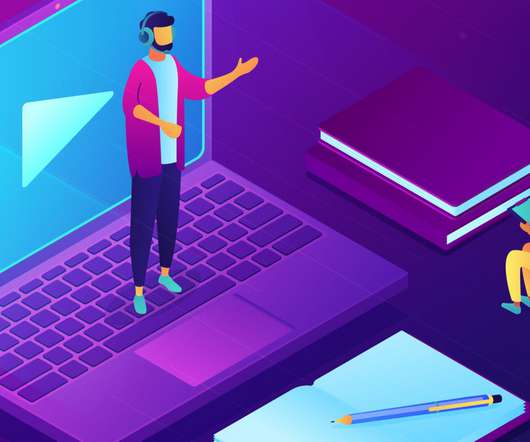When Universal Design Promotes Inclusion of All Students
Edsurge
MAY 31, 2023
Recently, EdSurge met with field experts, all part of the Educating All Learners Alliance (EALA), to discuss how they leverage edtech to provide an inclusive learning environment for all students. At Compass High, educators discuss with students any accommodations they are receiving and the rationale for each.














Let's personalize your content